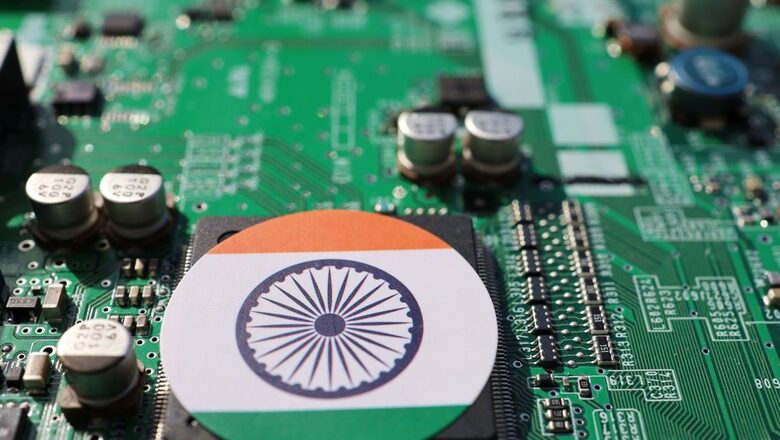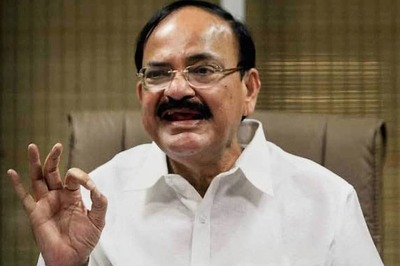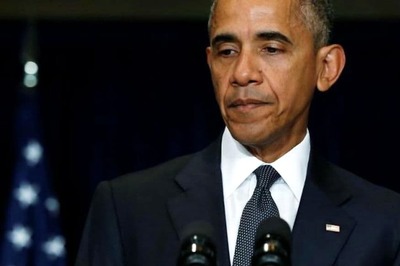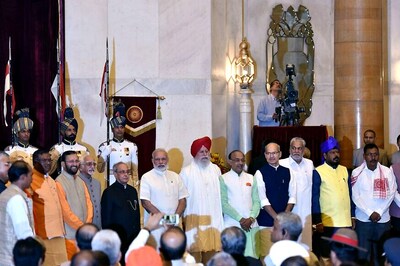
views
However, despite the delay, the announcement of Micron’s Assembly, Testing, Marking, and Packaging (ATMP) project is considered pivotal, regarded a ‘watershed moment’ by Sanjay Gupta, the chairperson at India Electronics and Semiconductor Association (IESA).
It is anticipated that this announcement marks a turning point, signifying a positive and upward growth trajectory for the industry in India from this juncture onward, with more projects and plans in the pipeline.
Industry insiders recognise that semiconductor-specific policies implemented in states such as Gujarat and Odisha play a vital role, not only in drawing investments but also in creating opportunities for states to cultivate a competitive edge. These policies encourage a conducive environment where states compete to provide superior and distinctive incentives. Focused initiatives within states can nurture the growth of proficient workforces and complementary ecosystems, rendering them attractive investment hubs.
Moreover, states will have the flexibility to customise their policies to entice particular segments of the industry, such as chip fabrication, design, or testing, leveraging their inherent strengths and available resources. This tailored approach enables states to align their strategies with specific facets of the semiconductor industry, further enhancing their appeal to potential investors.
While in Gujarat’s Sanand, Micron’s ATMP plant is taking shape, the Odisha government late last year announced that the government has entered into agreements with three entities to establish a semiconductor manufacturing ecosystem. The memoranda of understanding were signed with the IESA, Synopsys, and the Electronics and Computer Software Export Promotion Council (ESC).
Following in the footsteps of Gujarat and Odisha, UP is now gearing up to introduce a semiconductor policy within the state. Chief Minister Yogi Adityanath has directed officials to assess policies from other states and collaborate with industry experts and stakeholders. The aim is to craft a comprehensive semiconductor policy, propelling UP towards becoming a prominent hub.
Meanwhile, in the southern part of the country, Tata is expected to set up an ATMP plant in the Kolar district of Karnataka, with plans to invest Rs 200 crore into this unit. During the Winter Session, Rajeev Chandrasekhar, MoS for Electronics and IT, said Foxconn has submitted its application under the Modified Programme for Development of Semiconductors and Display Manufacturing for setting up of semiconductor fab, which is under consideration.
Similarly, there are positive discussions around the revamp of the Semi-Conductor Laboratory (SCL) situated in Mohali, with the Ministry of Electronics and IT spearheading this effort in India’s pursuit to enhance semiconductor manufacturing capabilities.
Industry insiders believe that enhancing the infrastructure to match commercial fabs would immensely benefit the country and industry. This move would also streamline the local supply chain, allowing quicker operations from design to manufacturing, and cutting costs for companies. Also, local availability of chips would reduce import-related expenses, enhancing competitiveness within the Indian ecosystem compared to global counterparts.
However, according to the IESA chairperson, apart from MeitY, the Ministry of External Affairs also actively works to foster semiconductor partnerships globally. An initiative like the US–India Initiative on Critical and Emerging Technology (iCET), where semiconductors hold a significant place, was driven by MEA. Such joint efforts are pivotal in furthering India’s knowledge and advancement in this field.
In terms of global partnerships, last year, the cabinet approved a Memorandum of Cooperation between India and Japan concerning the Japan-India semiconductor supply chain partnership.
But, there are also doubts about India’s potential to rival colossal entities like Taiwan. In this matter, the IESA chairperson emphasises avoiding blindly mimicking other countries’ paths. Instead, India should pursue strategies aligned with its current needs.
Focusing on mature nodes is advocated since the majority of the demand resides in this domain. Despite the allure of 2-nanometer or 5-nanometer chip technologies, it is understood that significantly less demand exists in these advanced nodes, prompting the question of why India should venture into them immediately.
Similarly, discussions persist about India’s hesitance to enter the primary domain of wafer fab. In that case, it was highlighted by industry insiders that if establishing wafer fabs was simple, numerous nations would have already done so. They now hold the belief that as ATMP projects start shaping up, fabs will follow suit once the country is fully prepared.




















Comments
0 comment